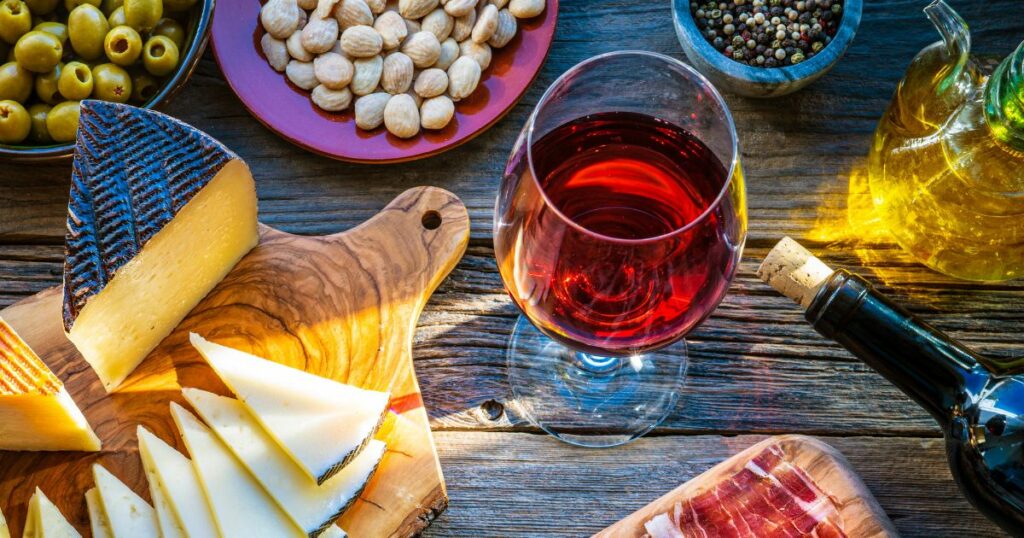Tempranillo – The Quintessential Spanish Wine
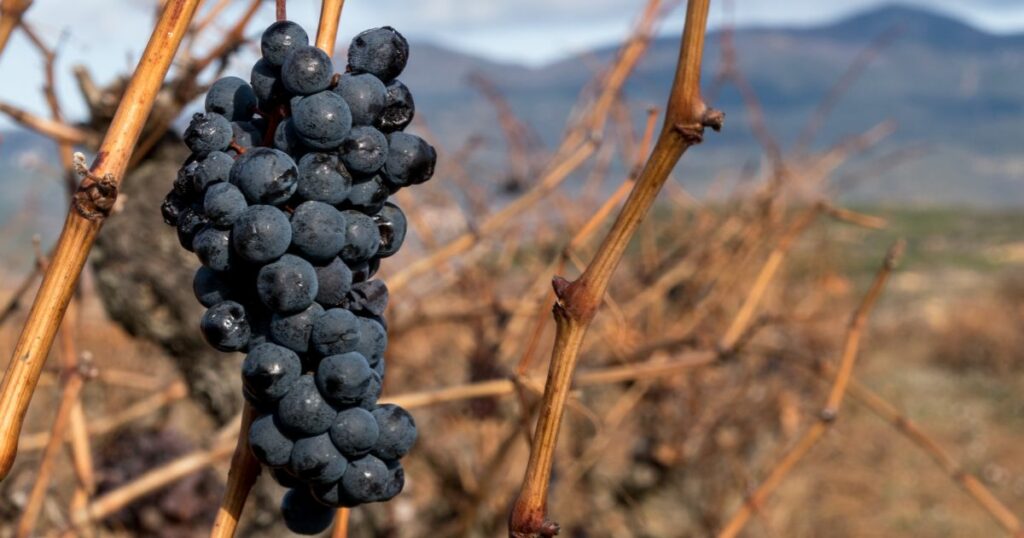
No exploration of Spanish red wines would be complete without mentioning Tempranillo, the country’s most famous and widely planted grape variety. Originating from the Rioja region, Tempranillo is a versatile grape that produces wines with a wide range of flavors and styles, from fruity and light to robust and full-bodied. A well-aged Tempranillo is a thing of beauty, exhibiting flavors of cherry, plum, tobacco, and leather.
Classic pairing: Tempranillo wines pair exceptionally well with traditional Spanish cuisine, such as tapas, jamón ibérico, and Manchego cheese. For a more elaborate meal, consider pairing your Tempranillo with slow-cooked lamb or roasted pork.
Garnacha: A Crowd Pleaser
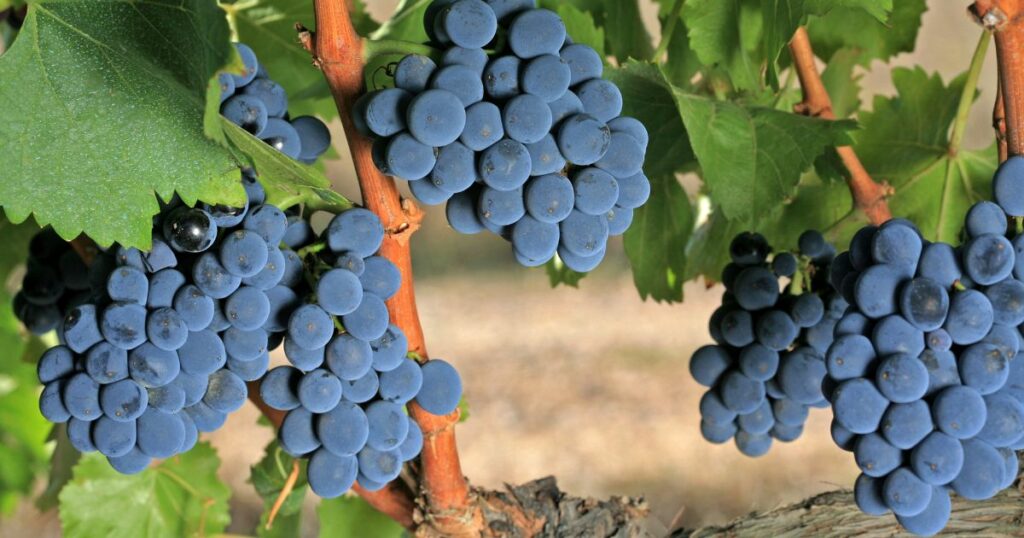
Garnacha, also known as Grenache in France, is another prominent red grape variety in Spain. Originating from the Aragón region, Garnacha wines tend to be medium to full-bodied, with flavors of red fruit, white pepper, and a hint of smokiness. Spanish Garnacha is often more robust and fruit-forward than its French counterpart, making it a popular choice for blending with other grape varieties.
Classic pairing: Garnacha is a versatile wine that pairs well with a wide range of dishes. Enjoy it alongside grilled meats like beef, lamb, or sausages, as well as hearty stews and tomato-based pasta dishes.
Monastrell – The Bold and Powerful Red
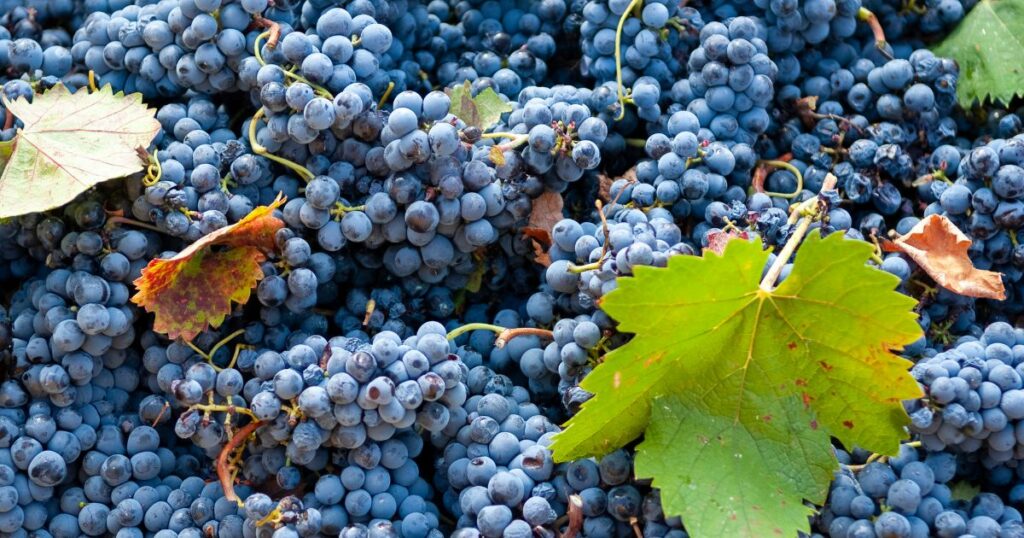
Monastrell, also known as Mourvèdre in France, is a grape variety that thrives in Spain’s hot, arid regions. The wines produced from Monastrell are known for their rich, dark fruit flavors and high tannin content, making them perfect for those who appreciate a full-bodied, powerful red. Monastrell wines often showcase flavors of blackberry, plum, and baking spices, with hints of leather and earth.
Classic pairing: Due to its bold and full-bodied nature, Monastrell pairs perfectly with rich, hearty dishes. Think slow-cooked meats like beef short ribs, game, or spicy sausages. It also complements aged cheeses and dark chocolate.
Mencía – The Elegant and Aromatic Red
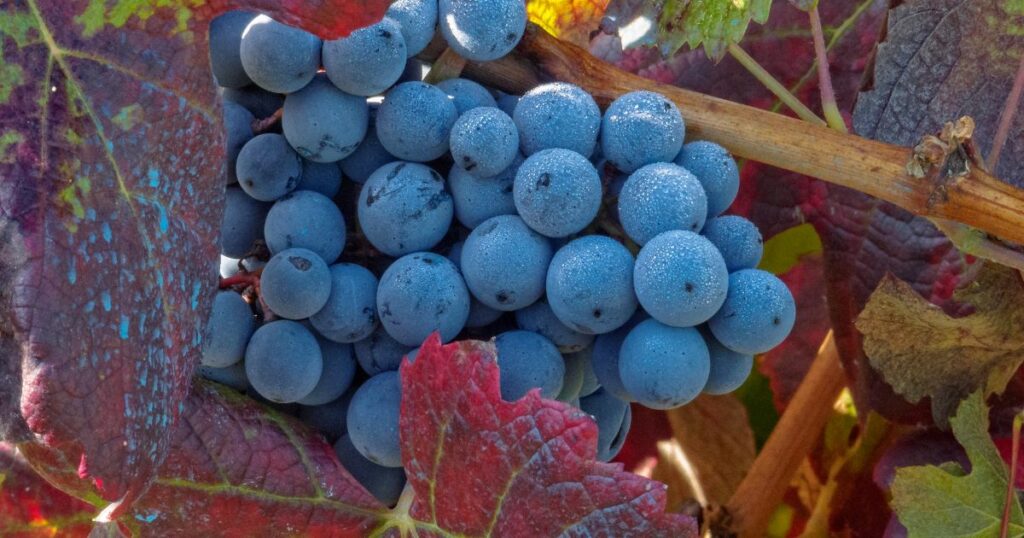
Mencía is a red grape variety native to the Bierzo, Ribeira Sacra, and Valdeorras regions in northwest Spain. Once overshadowed by other Spanish reds, Mencía has gained significant attention in recent years due to its distinctive flavor profile and aging potential. Wines made from Mencía are typically medium-bodied, with bright acidity and flavors of red fruit, floral notes, and peppery spice.
Classic pairing: Mencía’s elegant and aromatic profile makes it an excellent match for lighter meatdishes, such as grilled chicken, roast turkey, or duck. Its bright acidity also makes it a great companion for fatty fish like salmon or tuna. Vegetarian options like mushroom risotto and roasted vegetables also work well with Mencía.
Bobal – The Underappreciated Spanish Red
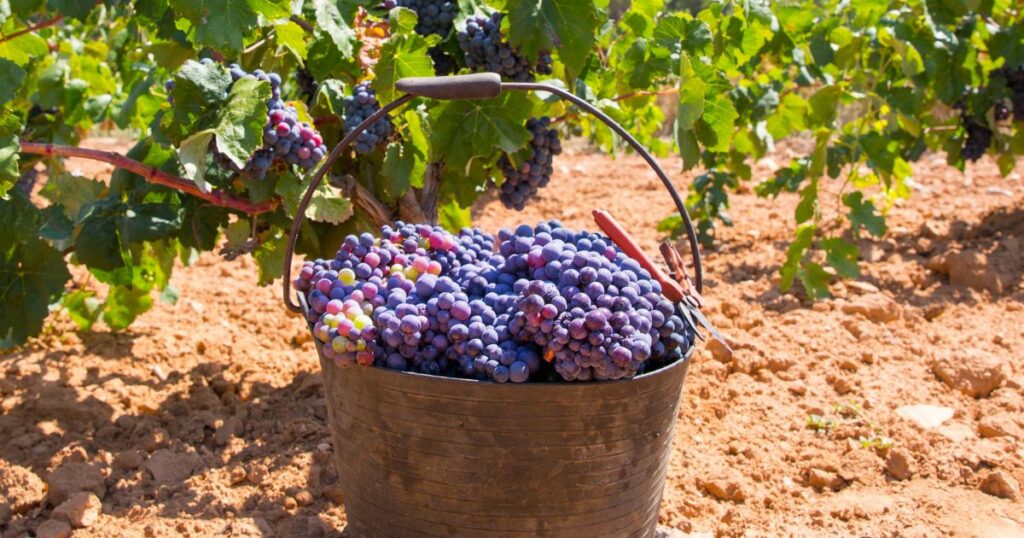
Bobal is a lesser-known grape variety native to the Utiel-Requena region in Valencia, Spain. Despite being overshadowed by more famous Spanish reds, Bobal is starting to gain recognition for its unique qualities. Wines produced from Bobal grapes are typically medium to full-bodied, with a deep, dark color and flavors of black fruit, licorice, and savory herbs.
Classic pairing: Bobal’s savory and robust profile makes it an excellent match for hearty meat dishes like braised beef, lamb shanks, or game. It also pairs beautifully with spicy Spanish dishes such as chorizo or patatas bravas, as well as aged cheeses.
Graciano – The Rich and Vibrant Red
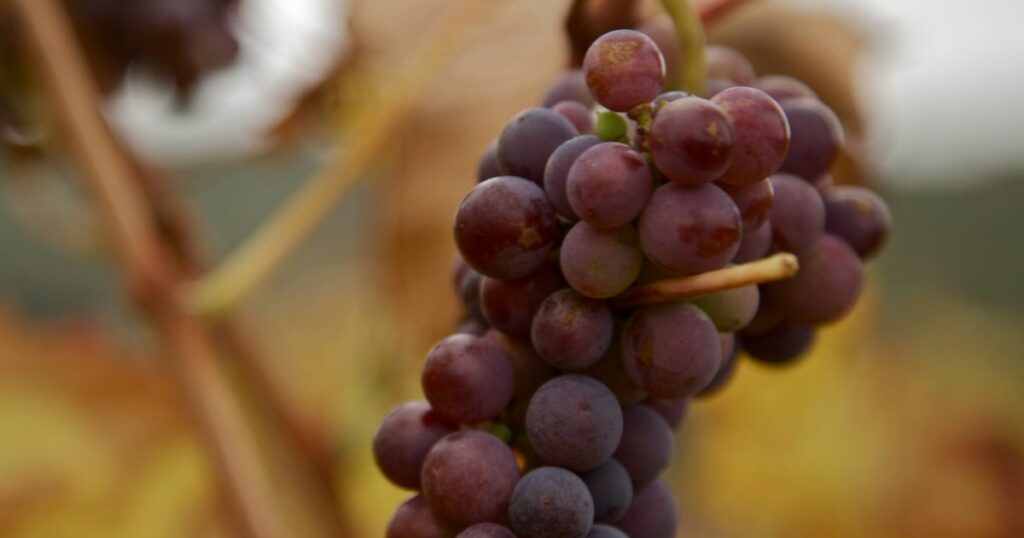
Graciano is a red grape variety primarily grown in the Rioja region, where it is often blended with Tempranillo to add color, acidity, and tannin structure. On its own, Graciano produces deeply colored, full-bodied wines with a pronounced acidity, making them excellent candidates for aging. The wines typically exhibit flavors of dark fruit, spice, and a hint of floral notes.
Classic pairing: Graciano’s rich and vibrant character makes it an ideal pairing for bold, flavorful dishes. Consider pairing it with rich meats like venison, slow-cooked beef, or lamb, as well as strong, aged cheeses.
Priorat Reds – The Premier Wine Blends of Spain
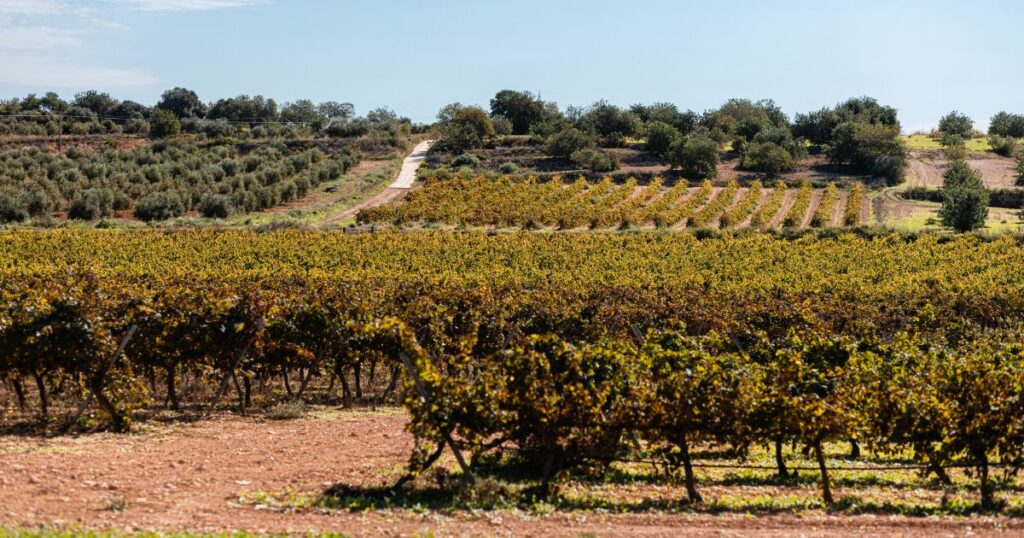
Priorat is a renowned wine region in Catalonia, famous for its intense, full-bodied red blends. These wines are typically made from a combination of Garnacha, Cariñena (Carignan), Cabernet Sauvignon, Syrah, and Merlot. Priorat wines are known for their concentration, minerality, and complexity, exhibiting flavors of black fruit, licorice, and savory herbs, with a distinctive earthy character.
Classic pairing: The bold and complex flavors of Priorat reds make them an excellent match for rich, savory dishes like braised meats, roasted lamb, or game. They also pair well with bold, aged cheeses and dark chocolate.
Cariñena – The Fruit-Forward and Balanced Red
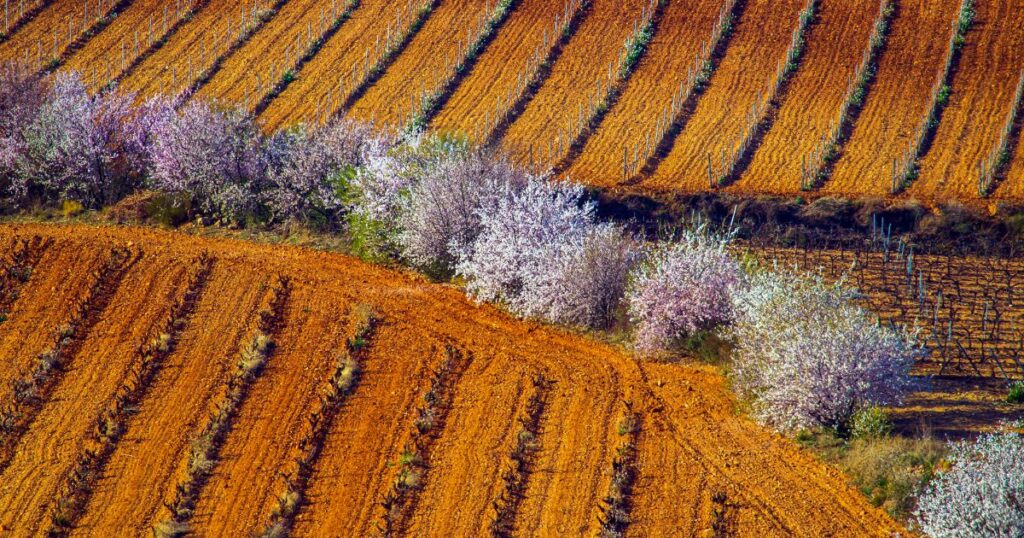
Cariñena, also known as Carignan or Mazuelo in other regions, is a red grape variety that originated in the Aragón region of Spain. It’s a late-ripening grape that produces deeply colored, high-tannin wines with bright acidity. Cariñena wines typically showcase flavors of red and black fruit, pepper, and a hint of spice.
Classic pairing: Cariñena’s fruit-forward and balanced profile makes it a versatile food companion. It pairs well with various grilled meats, such as beef, lamb, or pork, as well as tomato-based pasta dishes and hearty stews.
Tinta de Toro – The Intense and Robust Red
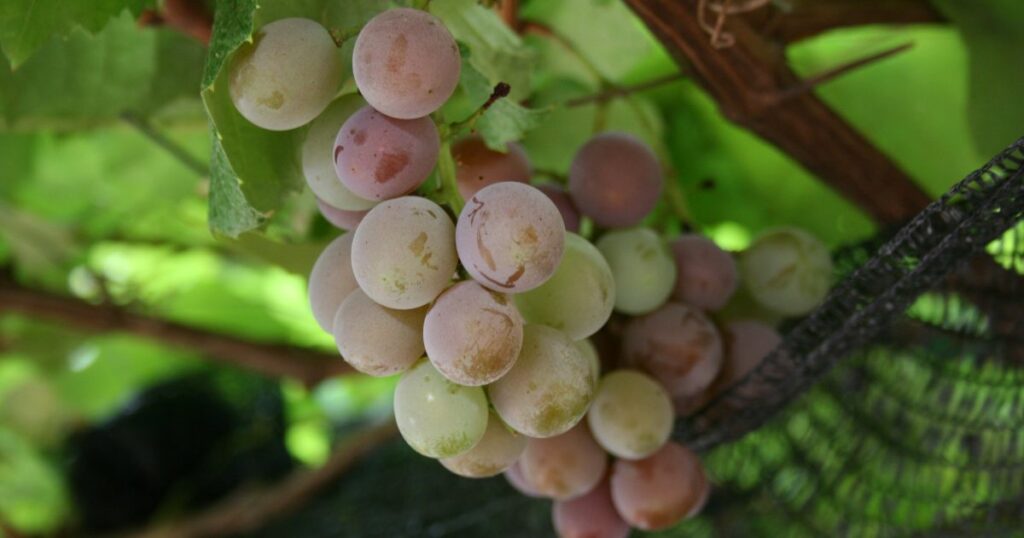
Tinta de Toro is a regional variant of the Tempranillo grape, grown primarily in the Toro region of Spain. These wines are known for their intense color, bold flavors, and high tannin content. Tinta de Toro wines typically exhibit flavors of black fruit, tobacco, and spice, with a distinct earthy character.
Classic pairing: The intensity and robustness of Tinta de Toro make it a great match for hearty, flavorful dishes. Pair it with slow-cooked beef, roasted lamb, or game, as well as strong, aged cheeses.
Albarín Negro – The Exotic and Intriguing Red
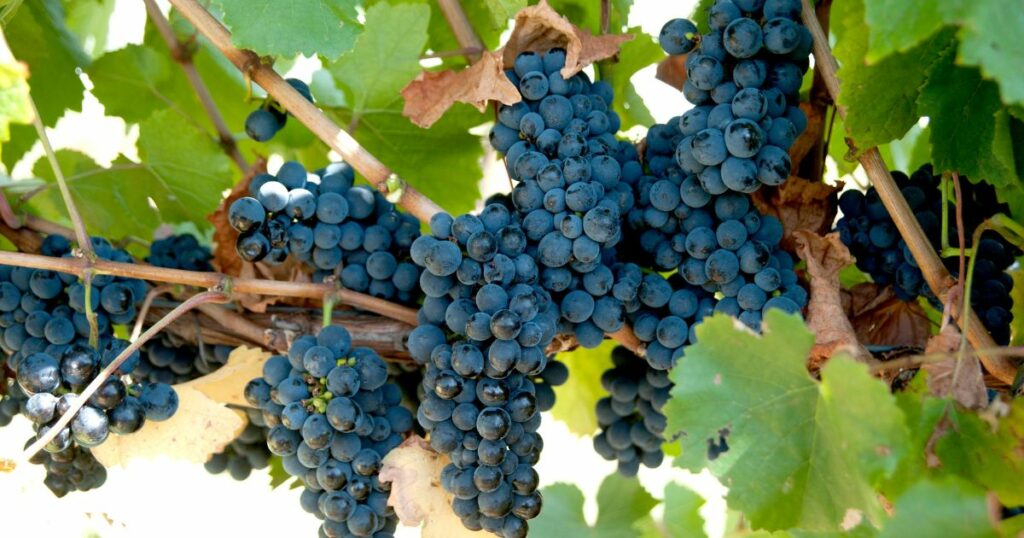
Albarín Negro is a rare and unique red grape variety native to the Asturias region in northern Spain. It’s a thick-skinned grape that produces low yields, resulting in wines with high concentration and complexity. Wines made from Albarín Negro are typically medium to full-bodied, with flavors of black fruit, spice, and floral notes.
Classic pairing: The exotic and intriguing profile of Albarín Negro makes it an excellent match for a variety of dishes. Pair it with roasted or grilled meats like beef, lamb, or pork, as well as game dishes and aged cheeses.
Conclusion
Spain’s diverse wine regions and unique grape varieties produce a wealth of red wines that cater to every palate. From the iconic Tempranillo and Garnacha to the lesser-known yet equally enchanting Bobal and Albarín Negro, Spanish red wines offer a fascinating array of flavors, textures, and food pairings. By exploring the top red wines from Spain and their classic pairings, you’ll not only enhance your appreciation for the country’s rich vinicultural heritage but also elevate your dining experiences with perfect wine and food combinations. So, go ahead and dive into the world of Spanish red wines, and let your taste buds embark on an unforgettable journey through the vineyards of Spain. Salud!
𐡸 𐡸 𐡸 𐡸 𐫱 𐡷 𐡷 𐡷 𐡷
Frequently asked questions
Tempranillo is the most famous red wine grape variety from Spain, particularly those produced in the Rioja region.
Spanish red wines pair well with traditional Spanish cuisine, such as tapas, jamón ibérico, and Manchego cheese. They also complement grilled meats, slow-cooked dishes, and aged cheeses.
Spanish red wines can vary in tannin levels, depending on the grape variety and winemaking techniques. Generally, Monastrell and Graciano wines are higher in tannins, while Garnacha and Mencía wines are lower.
The ideal serving temperature for Spanish red wines varies depending on the grape variety and style of the wine. Generally, lighter-bodied wines like Mencía should be served slightly cooler (around 55°F / 13°C), while full-bodied wines like Monastrell and Tempranillo should be served at a warmer temperature (around 60-65°F / 16-18°C).
Many Spanish red wines, particularly those made from Tempranillo, Monastrell, and Graciano grapes, have excellent aging potential. Well-made wines from these grape varieties can develop complex flavors and aromas over time, enhancing their overall character and quality.
